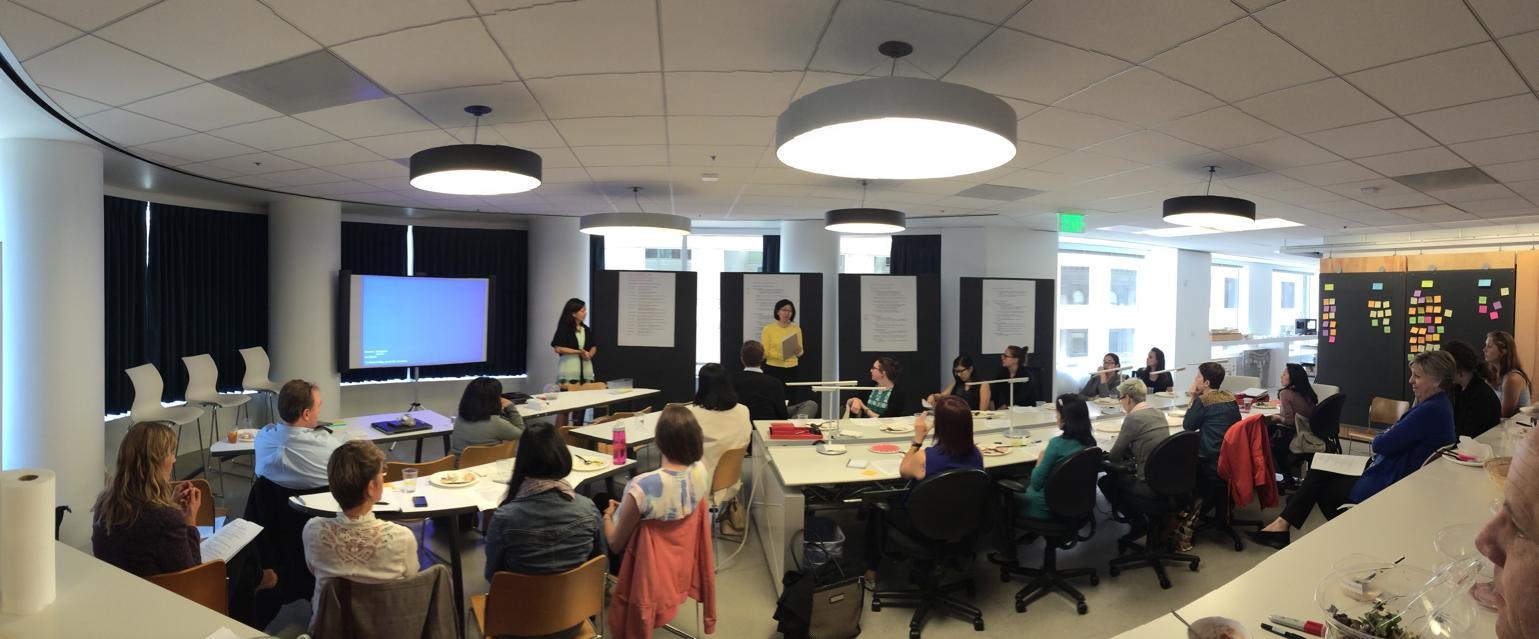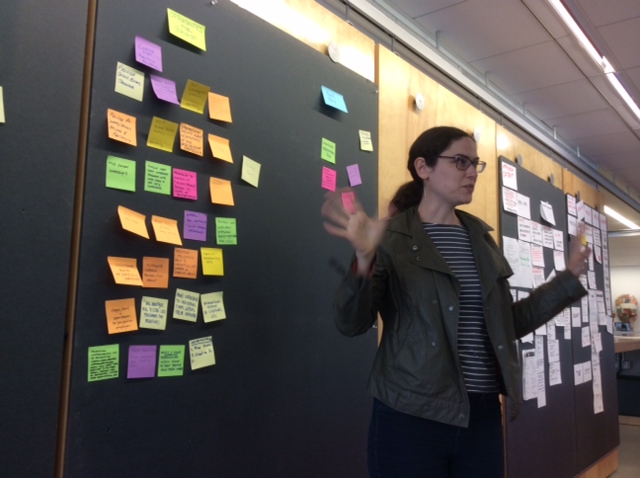When the Atlantic featured The Confidence Gap article in early April about Claire Shipman and Katty Kay's new book, The Confidence Code, there was a tidal wave of response, both in agreement and counterpoint of their take that women's confidence challenges are heavily genetically driven and therefore an unavoidable impediment to their success. Shipman and Kay postulate that women lack self-assurance relative to their male competitors. In a study referenced, women would not apply for a job unless they had 100 percent of the qualifications, men would apply even if they only met 60 percent. And even if women are truly qualified and competent, their is constant self-doubt, anxiety, guilt and apologies about under-performing when the reality is far from critical self-perception.
A tidal wave of debate came in its wake voicing concerns of strongly flawed theory that will further hinder women's professional advancement. Jessica Valenti's article The Female Confidence Gap is a Sham in The Guardian argues that the Confidence Gap theory is driven by varying degrees of societal gender bias, rather than biological differences between men and women.
"The "confidence gap" is not a personal defect as much as it is a reflection of a culture that gives women no reason to feel self-assured. ...A Women's lack of confidence could actually just be a keen understanding of just how little American society values them."
If encouraging women to be more confident in seeking leadership roles and in turn teach self-assurance to others that results in meaningful change for future generations – we as a society need to start by creating a culture that values and supports assertive women.
Similarly, Tracy Moore echoes that perspective in her Jezebel piece Solve Sexism with Overconfidence, hope and changing your brain. Moore's issue with the Confidence Gap is rooted in how women are presented as "lacking" confidence vs. looking at men as being overconfident. Thus, the skewed frame of reference (and burden of fixing) is focused on women.
"So when the authors call it a "confidence gap," I have to wonder why they didn't call it an "overconfidence gap"? Is the problem women not thinking they are good enough, or men thinking they are better than they are? In other words, they totally wrote the article like the women they describe: too willing to point the finger at themselves.
After hearing both sides of the discussion, the relevant points of this complex issue lead us to consider the Confidence Conundrum: Do we accept a gender biased status quo and put the onus of achieving equitable advancement on qualified competent women to work harder, stronger, smarter with a heaping dose of self-help induced confidence, (without complaint) to overcome systemic gender challenges? Or, If Equity rides more heavily on fixing a gender biased society that requires major systemic change, where do we begin the disruptive, long and challenging road to shifting the current culture. And realistically, as true systemic culture shifts happen over decades and generations, will our generation get to experience gender blindness and true Equity in Architectural Practice in our career lifetime?
As Architects, we are trained to solve design problems of aesthetic and technical complexity. At times, many of our design projects have had a conundrum-like quality with diametrically opposed factors pulling and pushing us to near points of despair. The iterative, dynamic and morphing nature of the design process that is subjected to constant internal and external critique can be applied in our approach for seeking solutions to the Confidence Conundrum and concurrently in Equitable Practice. While considering the powerful potential of supporting Equity by way of Design Thinking, I came across a parallel strategy. Could design thinking help bridge the Confidence Gap? by Anne Gibbon for The Stanford D School uses Strategic Design Thinking to address the gender bias / confidence conundrum in Technology. It all started with a simple question on a whiteboard: If you were to take on the challenge of growing the number of women in leadership roles, how would you go about it? Anne's strategy of taking her idea and quickly creating an actionable prototype worked for her own self-coaching for leadership goals.
What if we applied our years of architectural design training and critical thinking to individual and collective challenges of licensure, career advancement, recognition, work life flexibility and retention of Women in Architecture? Is there a way to leverage our training to test and critique best practices that promote Equity? And how do we track what we implement is working? Concurrent with the results of the Equity in Architecture Survey and ongoing research initiatives, we will be hosting a series of discussions on this topic culminating this fall with the 3rd Symposium for The Missing 32% Project: Equity by Design. So Stay tuned.
By Rosa T. Sheng, AIA LEED AP BD+C










